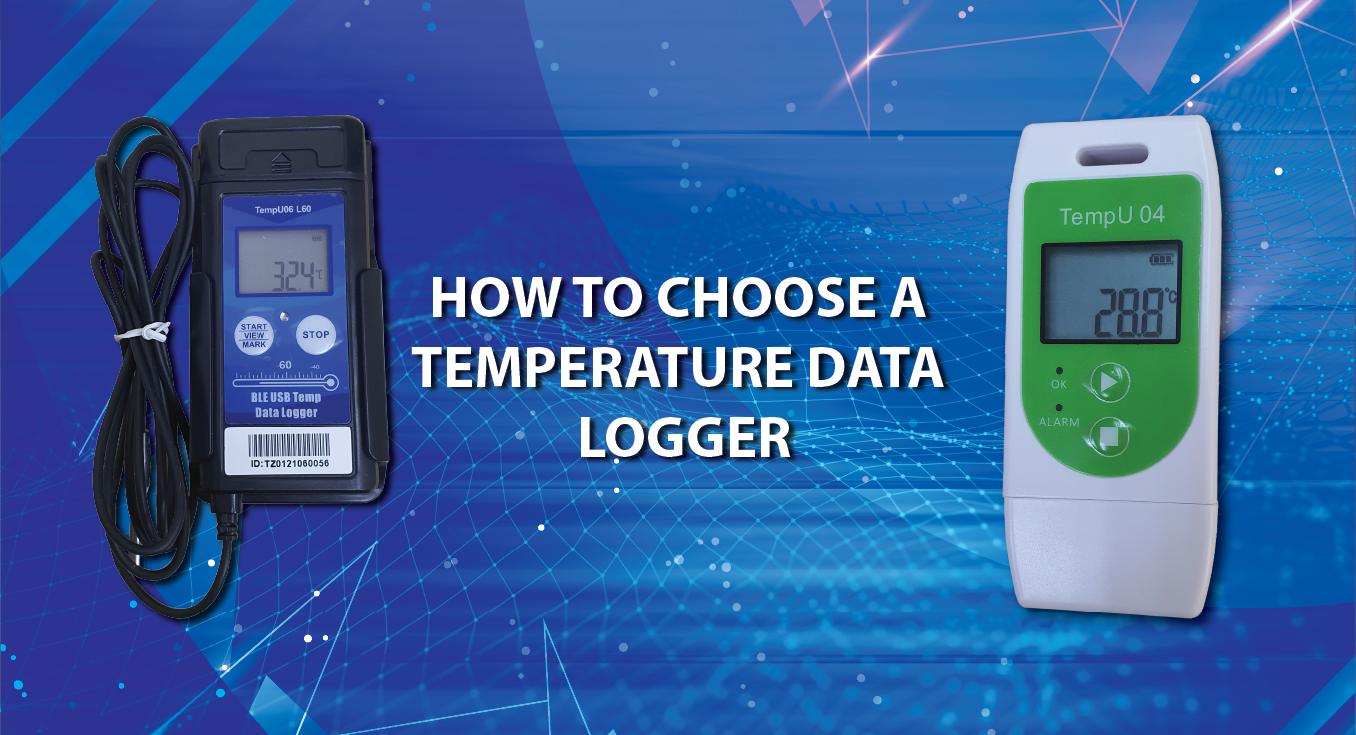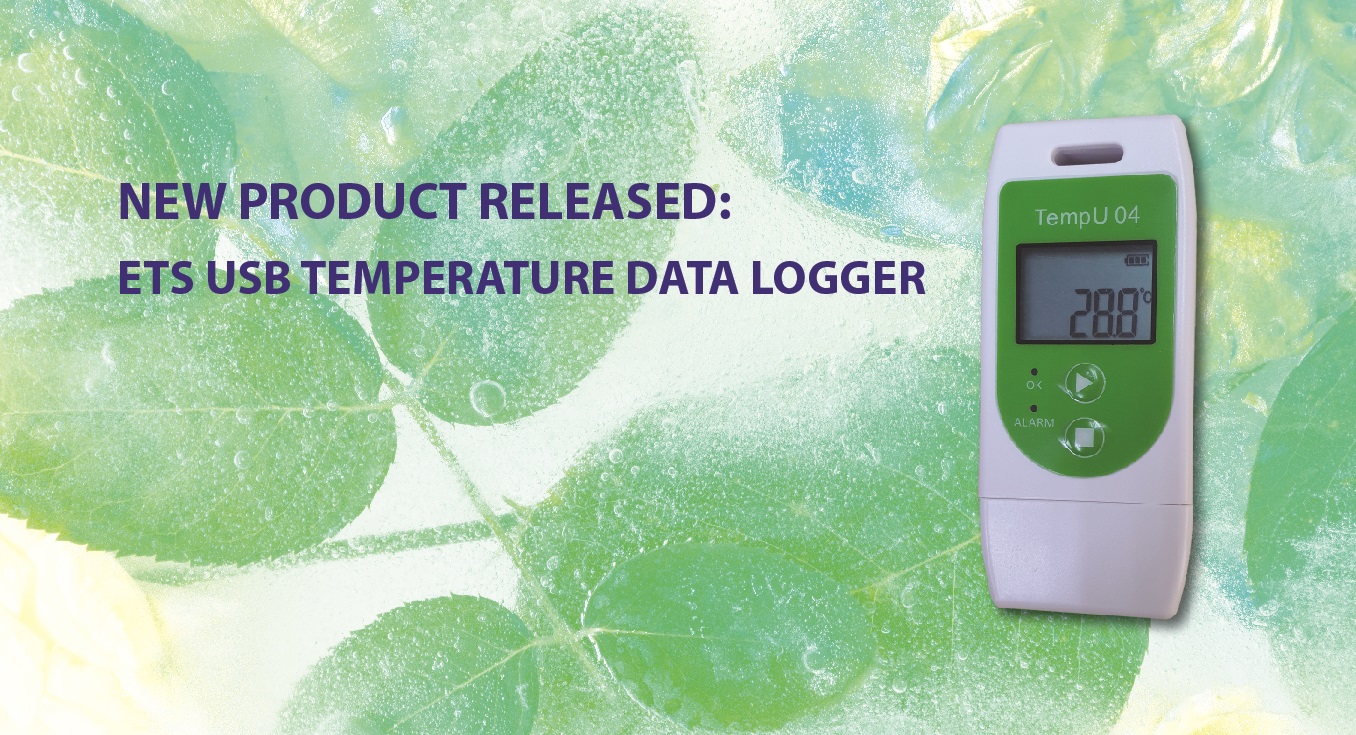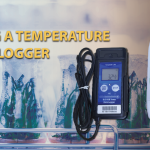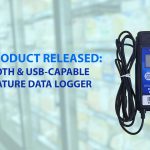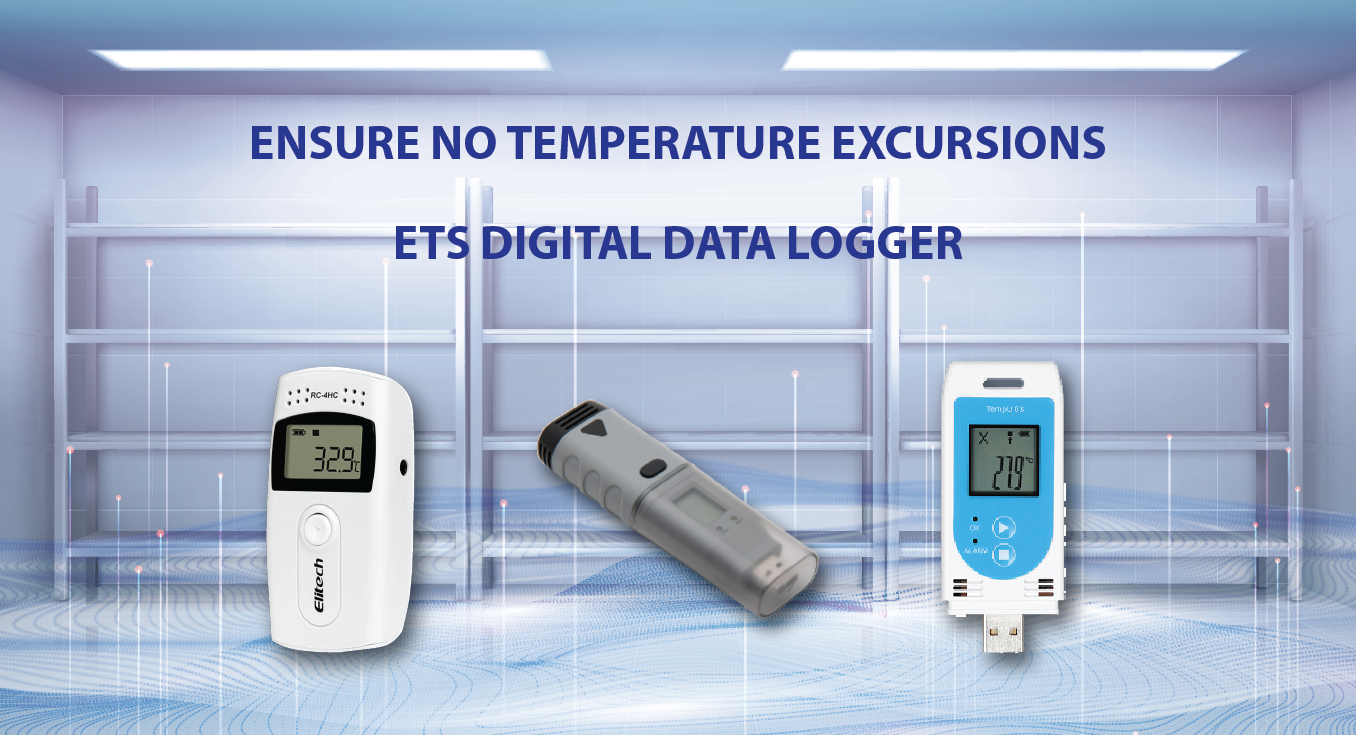A temperature data logger is a device used to monitor and record temperature variations over time. Temperature data loggers come in various shapes and sizes and even configurations, depending on what is required. Some temperature data loggers are meant for one-time use, while others are meant for long-term usage and can be programmed to record temperature data according to a scheduled interval.
The most basic configuration of a temperature data logger consists of a temperature sensor, a microprocessor, a memory chip, and a battery. The temperature sensor measures the temperature and sends the data to the microprocessor, which stores the data in the memory chip while the battery powers the device.
Temperature data loggers are commonly applied where temperature monitoring is critical, especially for the food industry, pharmaceutical and medical industries, environmental monitoring, industrial processes, research and development, and diagnostics.
The data collected by the temperature data logger can be downloaded to the PC and analysed further. This data can provide insights into temperature variations over time, which can be used to optimise processes, troubleshoot issues, and ensure compliance with temperature regulations and standards.
Where are temperature data loggers used?
Temperature data loggers are used in any application where temperature monitoring is critical to ensure quality, safety, and efficiency. This means they can be found anywhere, indoors, outdoors, and in transit – essentially wherever data is required, and when handling temperature-sensitive products. It is used across many industries globally to maintain product quality and comply with standards and regulations.
Temperature data loggers are typically used in the following industries:
- Food Safety: In the food industry, temperature data loggers are used to monitor the temperature of food during storage, transportation, and distribution to ensure that it remains within safe temperature ranges.
- Agriculture: Temperature data loggers are used to monitor crop and livestock storage temperatures and humidity levels, ensure optimal growing conditions for crops and livestock as well as improve the efficiency of agricultural processes.
- Pharmaceutical and Medical: The temperature of vaccines, medicines, and other temperature-sensitive medical products must be constantly monitored using temperature data loggers to ensure their quality and efficacy. This is especially crucial for vaccines that need to remain at a certain temperature from storage and transport, to the point of administration.
- Environmental Monitoring: Temperature data loggers are used to monitor the temperature of the environment, such as in weather stations, to track temperature variations over time.
- Industrial Processes: Temperature data loggers are used in industrial processes to monitor and control temperature variations in machinery and equipment to ensure optimal performance and prevent breakdowns.
- Research and Development: Temperature data loggers are used in research and development to measure and record temperature variations in experiments and prototypes.
- HVAC Systems: Temperature data loggers are used in HVAC systems to monitor the temperature of the air and ensure that heating and cooling systems are working efficiently.
Key Factors to Choosing the Right Temperature Data Logger
Temperature data loggers come in all shapes, sizes and configurations. You should know what kind of data you wish to record and how this data will be used as there are numerous data logging options, including room temperature, high temperature, ultra-low temperature and even temperature with humidity.
In addition, you need to consider the following items:
- Accuracy: Choose a temperature data logger with high accuracy, especially if you are monitoring temperature variations in critical applications such as pharmaceuticals or food safety.
- Temperature range: Make sure that the temperature range of the data logger is suitable for your application. Some data loggers are designed to measure low temperatures, while others can measure high temperatures.
- Memory capacity: Choose a data logger with enough memory to store the amount of data you need. Consider how often you will need to download data from the logger and how much data it can store before overwriting previous data.
- Battery life: Look for a data logger with a long battery life, especially if it will be used for long-term monitoring. Consider the type of battery used and the estimated battery life.
- Data transfer: Consider how the data will be transferred from the data logger to your computer or other devices. Some data loggers require physical connection to a computer via USB, while others allow wireless transfer.
- Durability: Consider the durability of the data logger, especially if it will be used in harsh environments. Look for data loggers with rugged and waterproof designs that can withstand extreme temperatures and moisture.
- Accessories: Some accessories can enhance the functionality of the data logger, improve its ease of use, or protect it from damage especially since temperature data loggers can be used in various locations and environments. These include accessories like extension cables, mounting options, protective cases, and more.
- Reusability: Depending on application and usage, you may choose between a single-use or disposable temperature data logger or one that is designed for multiple uses with replaceable batteries and reusable probes.
- Calibration: Check if the data logger comes with a calibration certificate to ensure accuracy. Some data loggers may require calibration before use.
- Display: Some data loggers come with built-in displays that allow you to view temperature readings in real-time. Consider if this feature is important for your application.
LOOKING FOR A DIGITAL DATA LOGGER?
ETS offers a range of Digital Data Loggers to suit various requirements. Check out our Digital Data Loggers for more information.
Drop us a line if you have questions.

